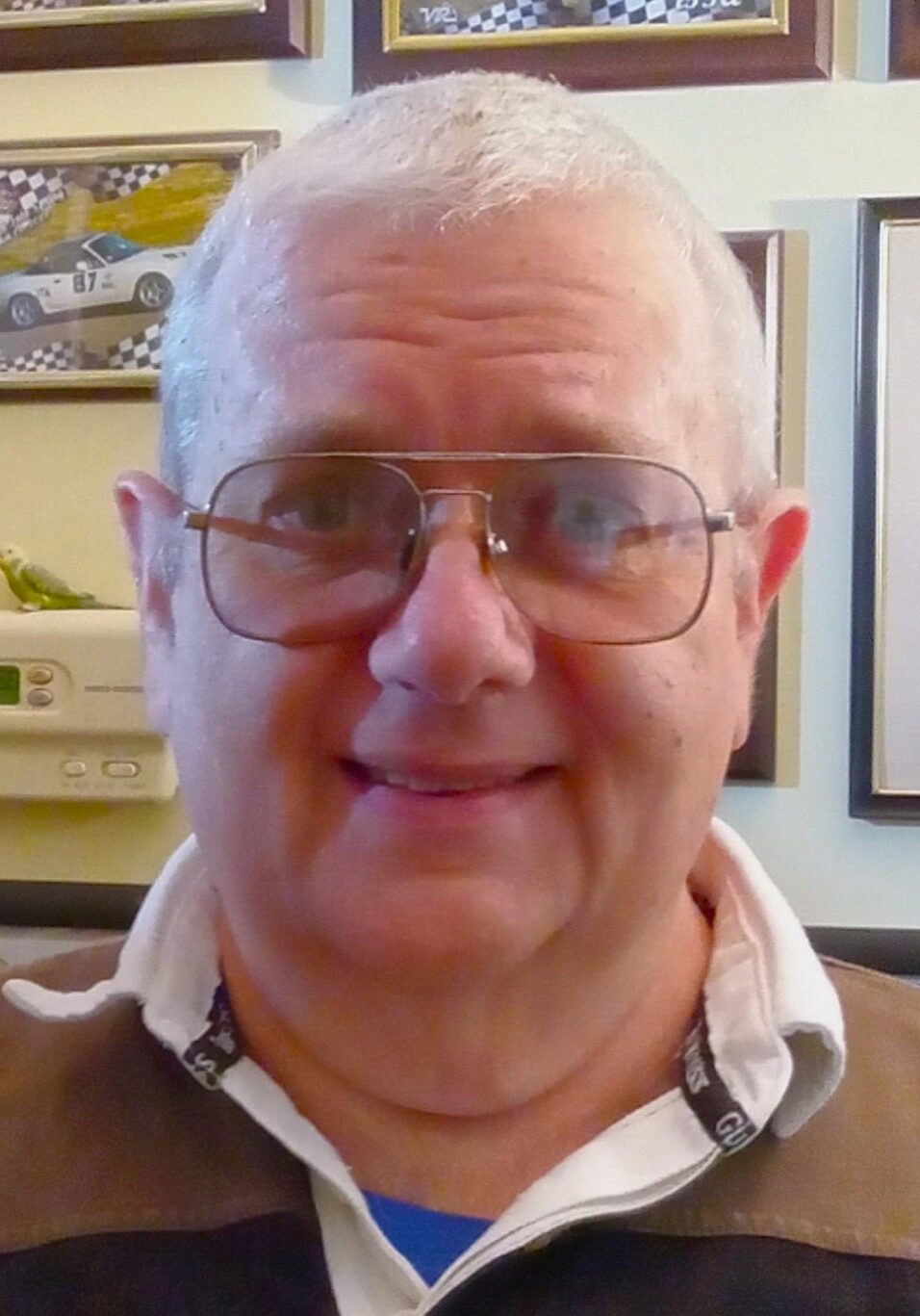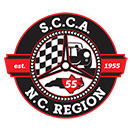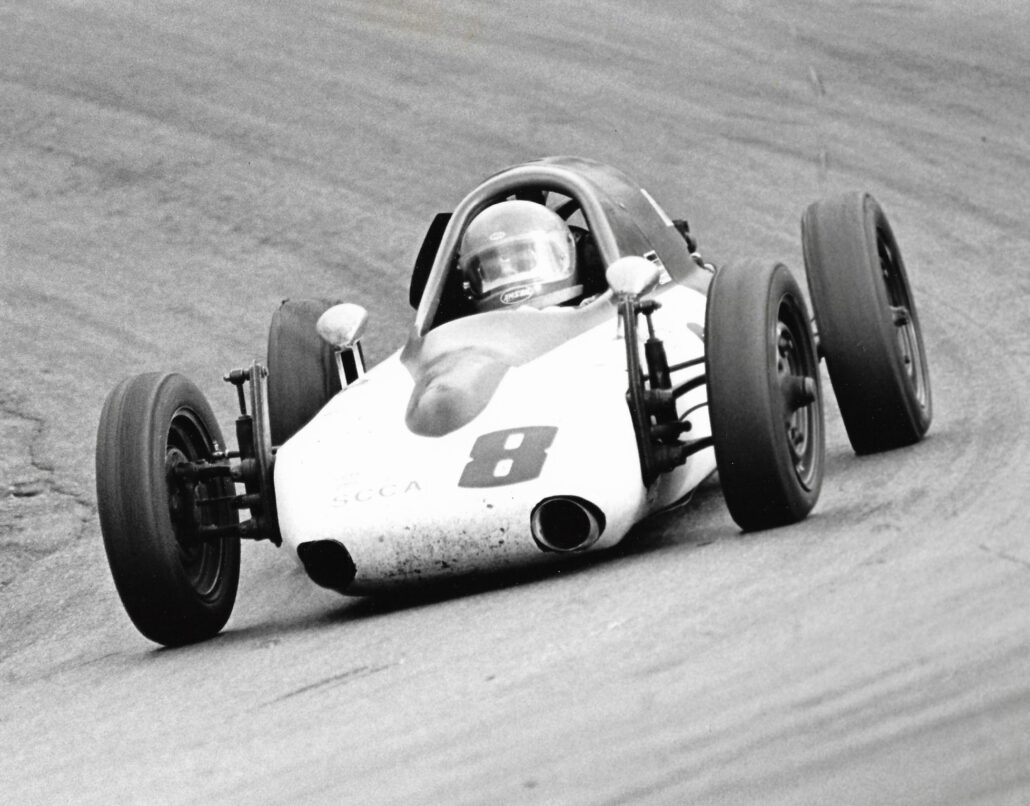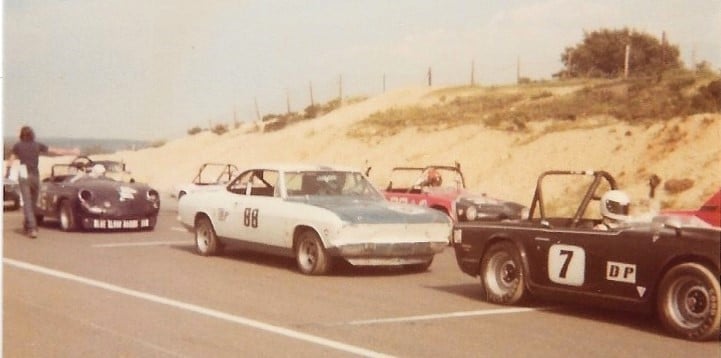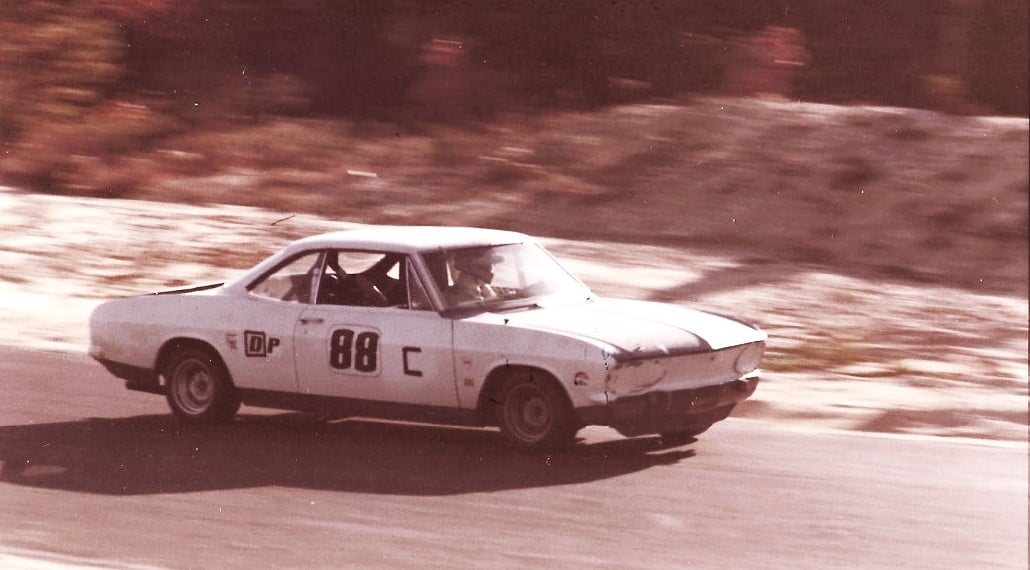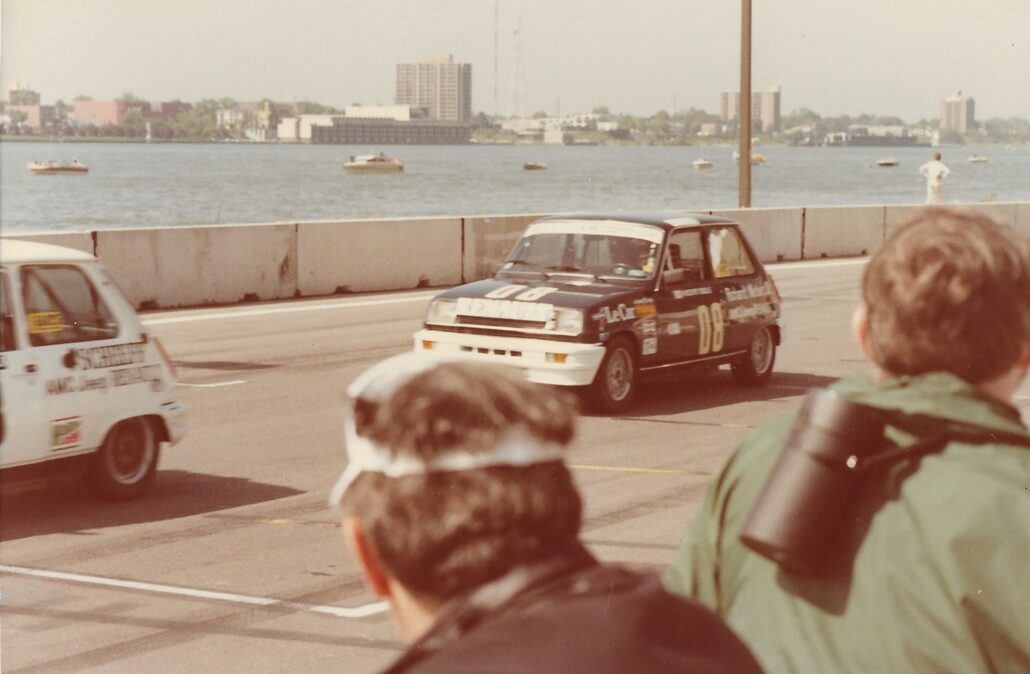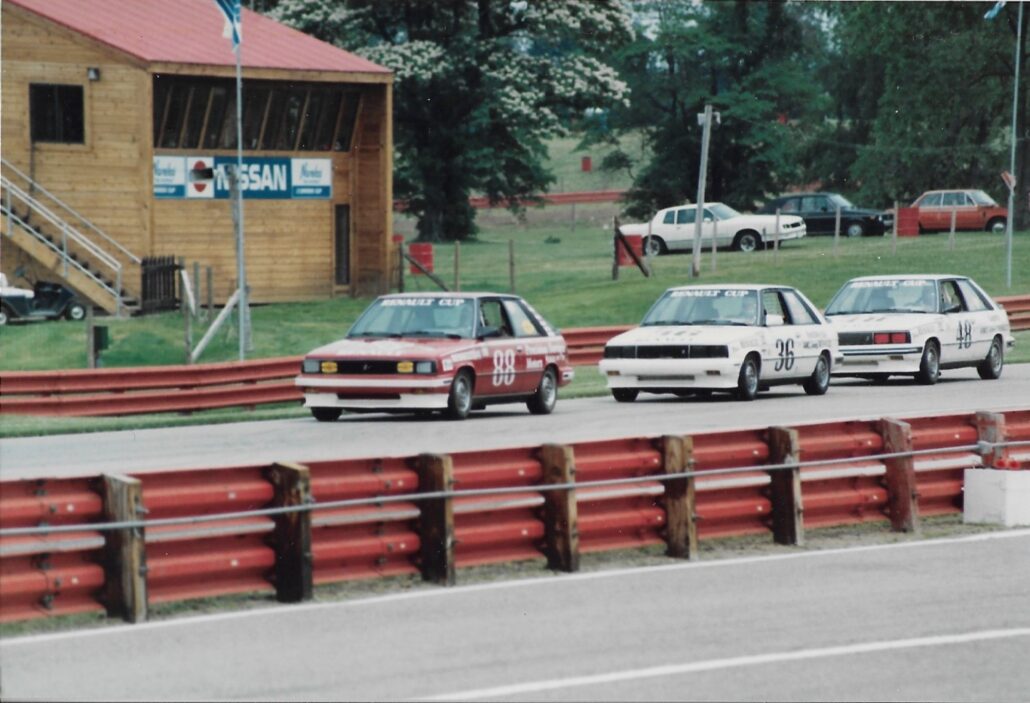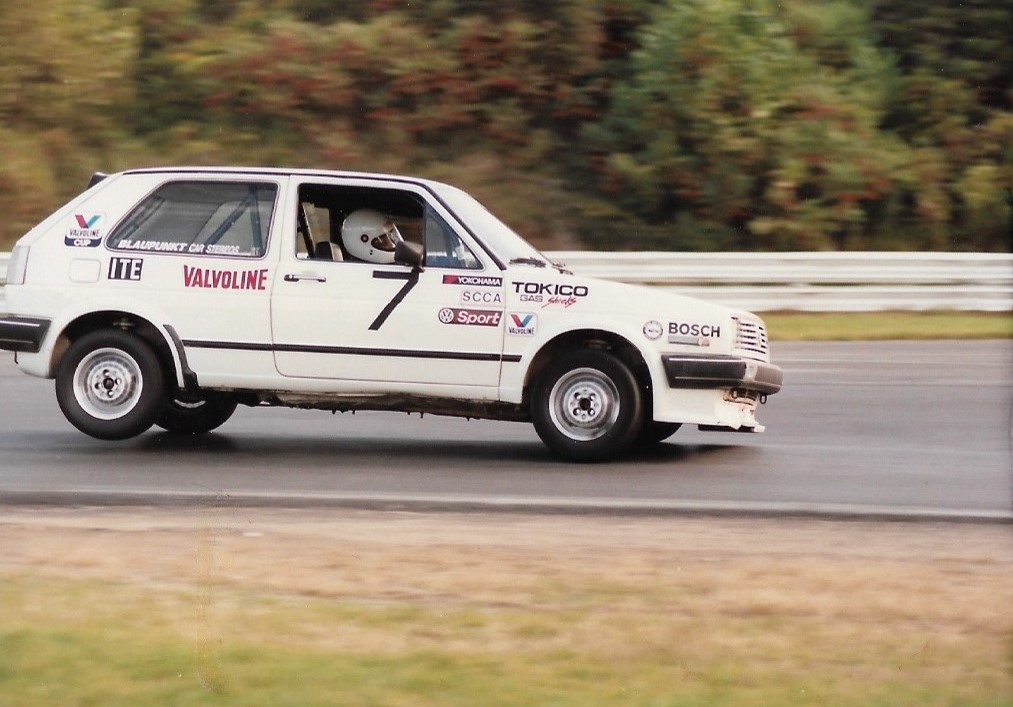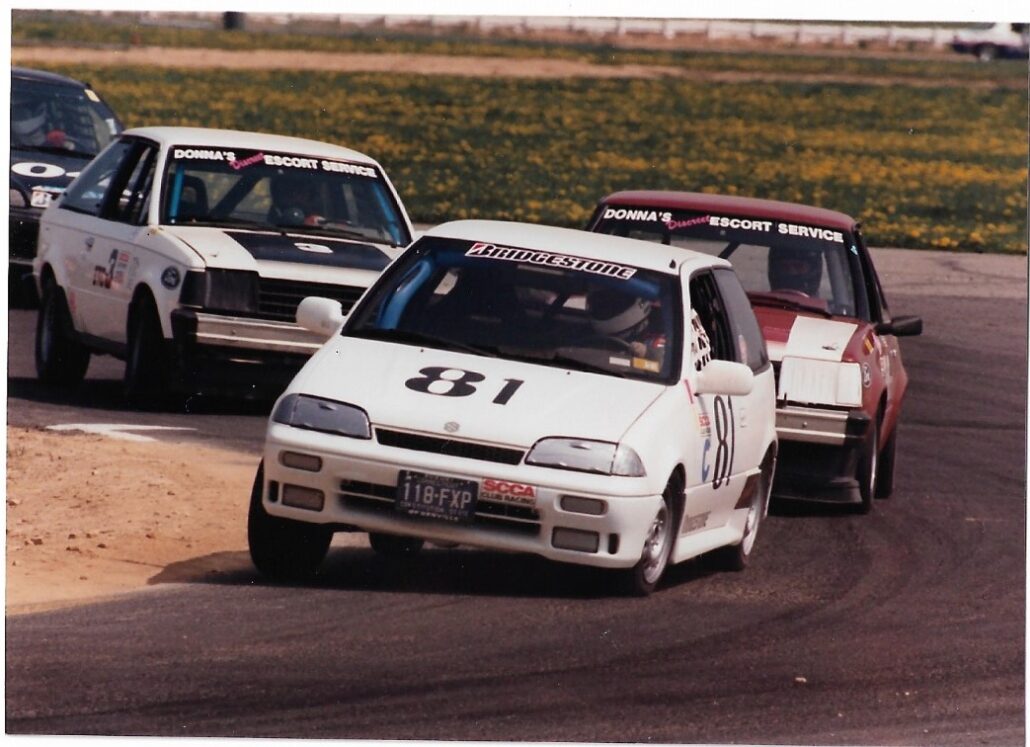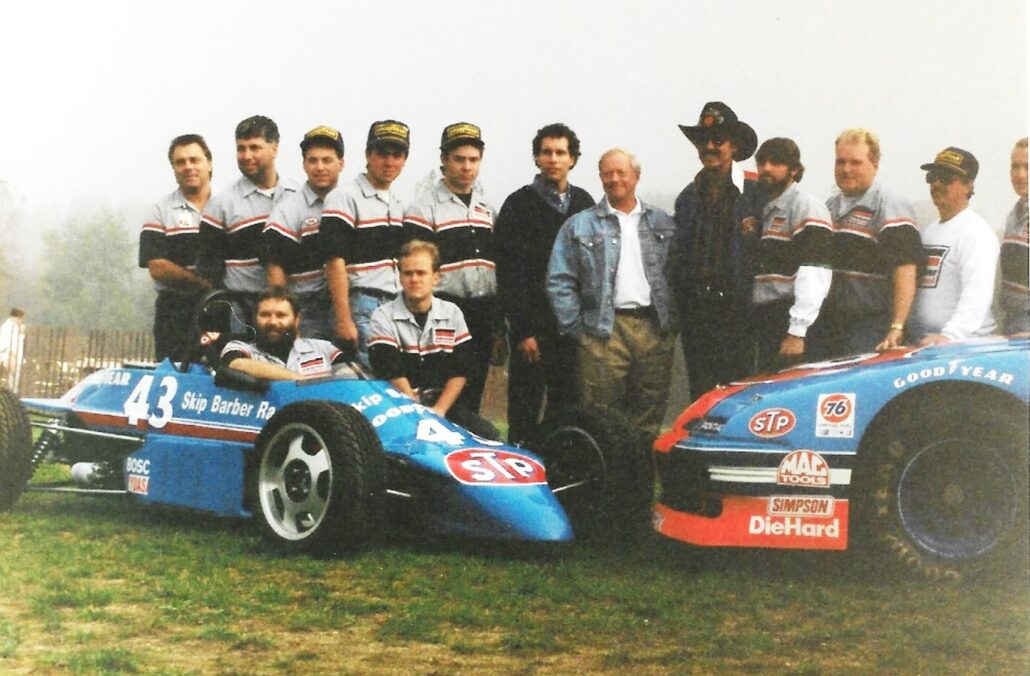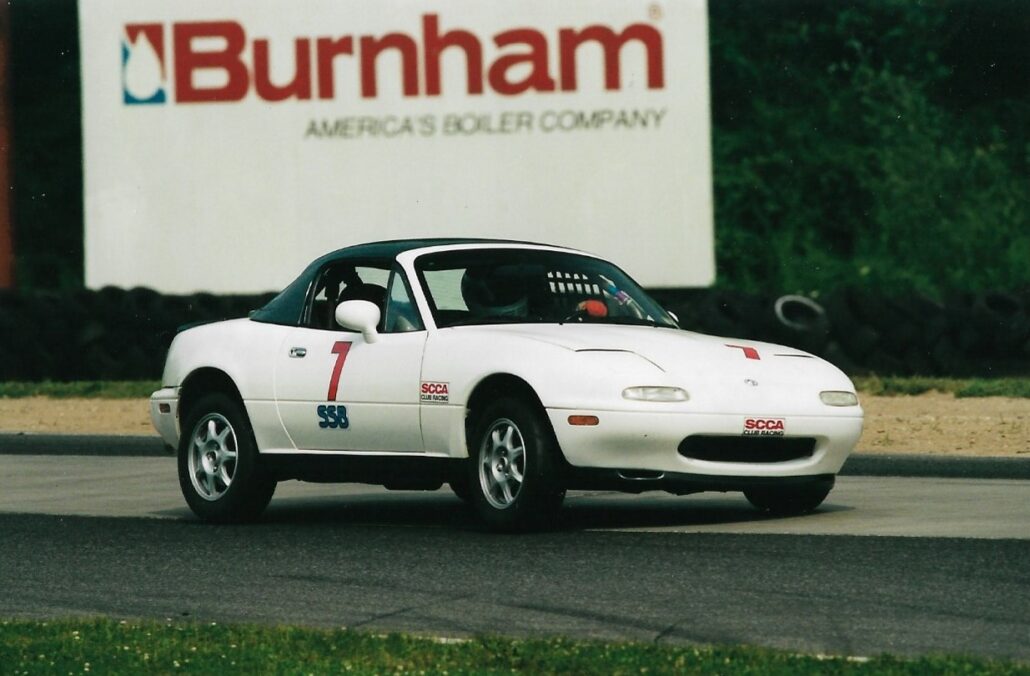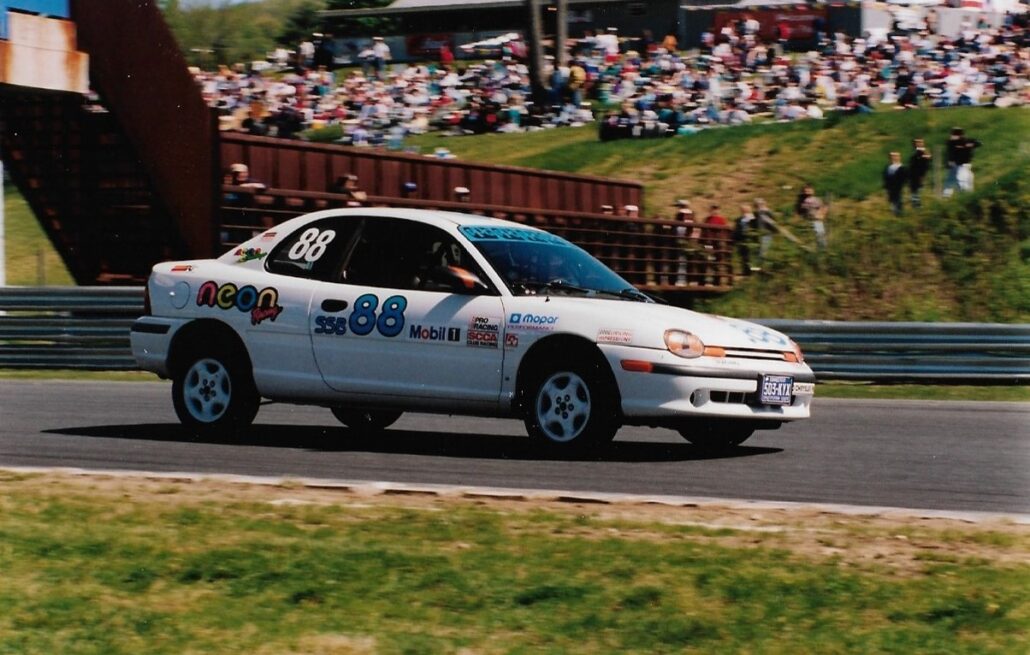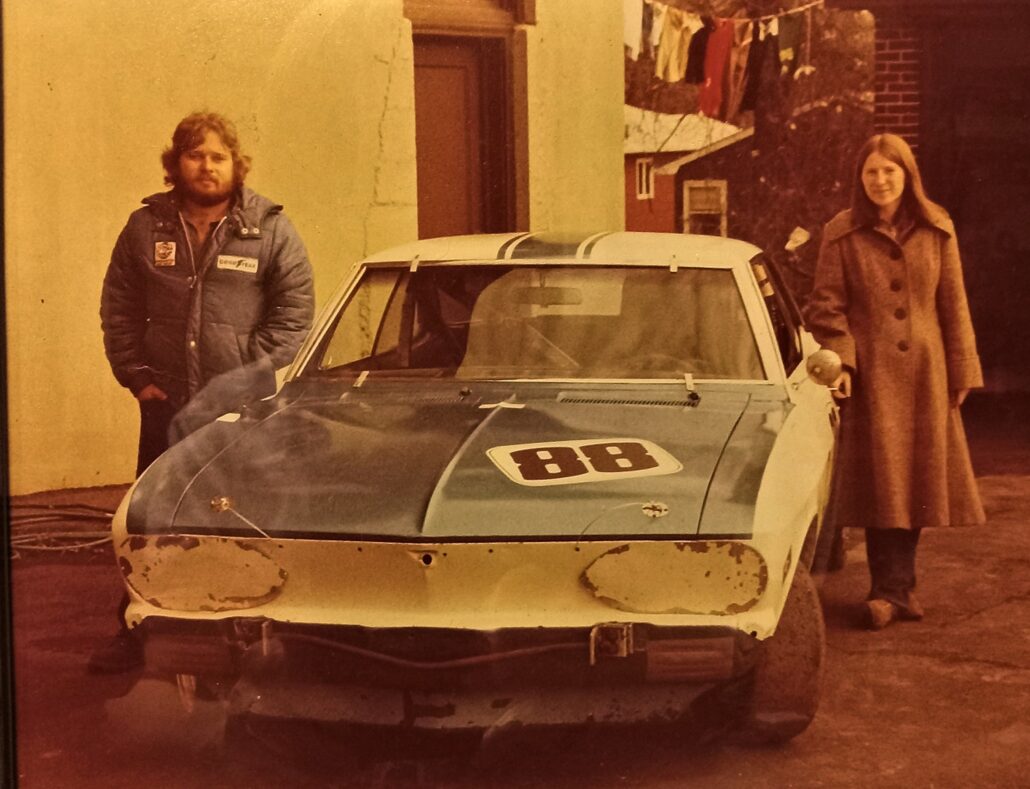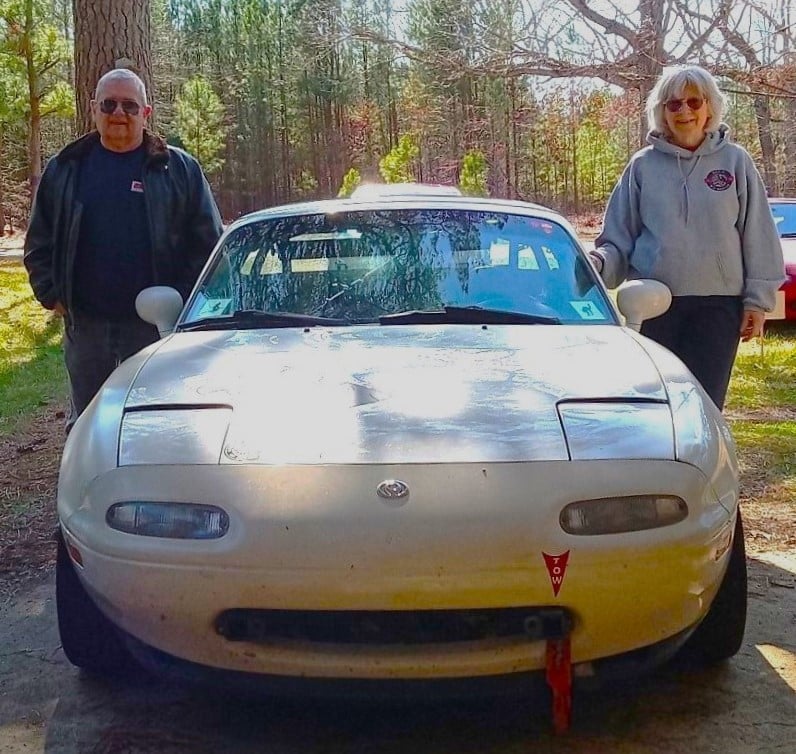Rick Pfeiffer
John Erich (Rick) Pfeiffer, SCCA member #129028, is happy to call North Carolina Region home, but like so many others, he did not start out here. He did not even start out in the SCCA. His introduction to sports car competition was when a neighbor, who was a member of the Staten Island Sports Car Club (“SISCC”), purchased a Simca to compete in rallies. The neighbor went on to purchase a TR-4 and then went the full tour; gymkhana, hill climb and road racing at Old Bridge, Giants Despair, Hershey, Lime Rock, Vineland, etc. At eleven years of age, Rick first learned of the existence of the SCCA by listening to a SISCC meeting from his neighbor’s basement window. At the time, the club had five SCCA licensed road racers who were commenting (both pro and con) on the SCCA program of the day. One of those drivers went on to win a NARRC championship. Three decades later Rick joined him in this achievement; to his knowledge, they were the only two SCCA road racing champions from Staten Island.
When he was fourteen, Rick got his first car (a 1960 Corvair) and his first job (in a junkyard). In high school, Rick was a competitive slot car racer, earning a championship. At about this time Don Yenko’s Corvair Stinger program commenced, producing a potent D/P class car. This led to spirited verbal exchanges (having access to “Competition Press”) with his D/P, TR-4-owning neighbor. Rick earned his road license at the age of sixteen, and while in high school, he had a hot rodded Corvair fitted with a junkyard-sourced 180 BHP turbo engine.
Rick’s competition participation began with SISCC and N.J. Council gymkhanas, followed by an all-night rally series in Connecticut.
Rick met his wife Janet while working in a supermarket together. Then Rick went to work for the Brooklyn Union Gas Company. They married, and shortly after, an old SISCC friend told Rick of an advert he had seen for Bridgehampton races and time trials put on by the Eastern Motor Racing Association. Known as EMRA, it was an organization of seven smaller sports car clubs that commenced operations in 1970. They were inspired by John Bishop’s IMSA, which started the previous year. So in spring 1975, with a newly purchased Capri V6, off goes Rick to Bridgehampton and his first experience on a genuine road course. After a few EMRA Bridgehampton time trials, he decided to build a car, and earned an EMRA competition license and began his participation in EMRA’s road racing program. With Corvair familiarity and a large stock of parts it was logical to purchase a (tatty) Yenko Stinger from a Grumman aircraft engineer in Long Island ($800.00). So began Rick’s three-season task to turn it into a D/P class championship winner. In 1975 he ran several races and even managed to win one!
In the following two seasons, in the Yenko Stinger, he won a few races, learned Bridgehampton, the car, and the craft, and took the 1977 EMRA D/P class championship. The next step was to join SCCA to learn and compete at all the northeast road race circuits. The Yenko was prohibitively expensive to prepare for SCCA, so a switch was made to F/V. During a five-season period, Rick competed in SCCA regionals, nationals, and EMRA races. He earned a NARRC championship podium, an EMRA team championship, attempted to qualify for the SCCA runoffs, and graduated the Skip Barber school three-day competition course.
The next phase of Rick’s racing career was the transition to IMSA and front wheel drive cars. The IMSA Renault Cup was a bit of good fortune; a true pro series featuring prize money, affordable cars, races (in front of large crowds) at all the major race circuits on the east coast and deep into the Midwest. Also, the priceless experience of working with a professional sanctioning group and the craft of dealing with sponsors. Rick was on the grid for the 1983 Detroit F/1 United States Grand Prix in the Renault Cup support race. This was a once-in-a-lifetime deal for a clubman operating on his own nickel. Renault Cup was an intensely competitive situation with large fields of identically prepared cars with sealed engines. Rick felt that production racing was a race-to-race battle, F/V was a lap-to-lap battle, and Renault Cup was a corner-to-corner battle. A 40-car grid could be covered by 2.5 seconds.
He went on to utilize his Renault Cup R11 in the Firestone Firehawk one-hour compact races; and later, it became an SCCA ITC car.
Rick purchased a VW Golf Cup car and ran it in the final two years of the SCCA VW Bilstein cup. When the series ended, he then raced it in SCCA ITB. Rick then switched off to a Suzuki Swift GT for SSC class and during four seasons with it managed to earn some national points.
During this period, Rick went to work for the Skip Barber Racing School. About a year later, he purchased a Dodge Neon ACR Coupe to compete in SCCA SSB, and later the Neon pro series. He ran twenty-eight races with it and won the 1996 NARRC SSB championship. He drove the car to every race, maybe the last driver to ever do so in NARRC. He also ran several LRP “Little Le Mans” and many EMRA races.
After the Neon period, Rick obtained an ex-runoffs MX-5 1.8 for SSB, as the competitive situation demanded it. In the ensuing years the Mazda was used in SCCA and EMRA races and along the way a time trial class championship with Independent Motorsports Group was won in 2013. Then Rick and Janet (perennial crew and photo historian) retired and relocated to N.C. In the 48 seasons, Janet missed only one circuit day, a Friday she could not get off from work. They now continue the effort in SARRC at VIR, with Rick receiving NCR’s “True Grit” award in 2021. North Carolina Region is proud to have such an accomplished racer in its ranks. Welcome, Rick!
